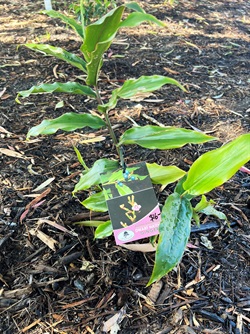Beresford Park in South Grafton is now home to a native bush tucker garden, which is being used to teach young people about First Nations culture and the importance of the natural environment.
Coordinated by North Coast Regional Landcare Network Aboriginal Landcare Officer, Michael Kennedy, and supported by Clarence Valley Council, the project was funded by the NSW Government's Children and Young People Wellbeing Recovery Initiative.
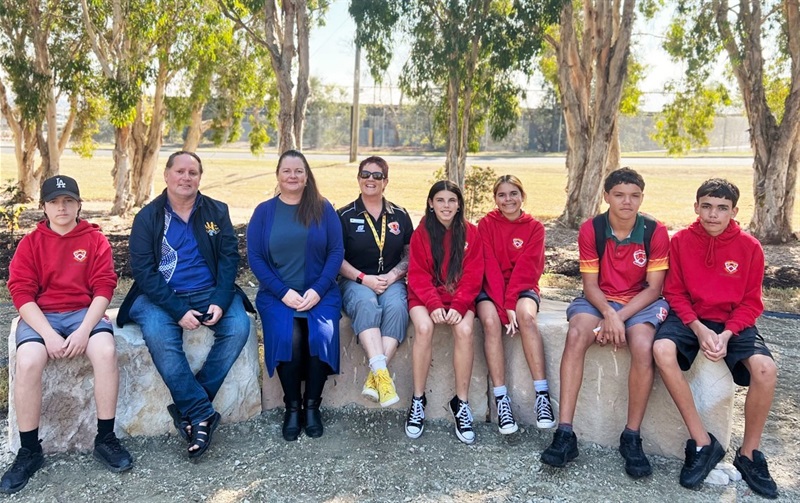
PICTURED: North Coast Regional Landcare Network Aboriginal Landcare Officer Michael Kennedy (second from left) with South Grafton High School teachers and students involved in the native bush tucker garden in Beresford Park, South Grafton.
Mr Kennedy, who grew up learning from his family about the use of native foods in the local area, said empty supermarket selves during the pandemic and recent flood event highlighted the need for communities to be more food resilient.
"To me, the concept of having a home veggie garden, using fruit trees in landscaping, supporting farmers' markets, and also exploring the use of native foods is a no-brainer," he said.
"However there is not enough knowledge in the community around native foods and how to use them."
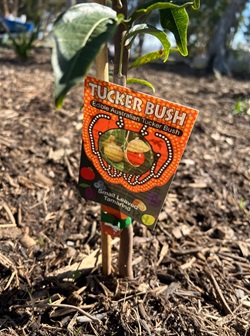
The park's location opposite South Grafton High School, which is used as an Evacuation Centre during natural disasters, including the 2019 bushfires and 2022 floods, made it an ideal location for the garden, which also includes a yarning circle.
"It's quite a large, under-utilised park, so this is a big step towards building up this area," Mr Kennedy said. "The garden provides a serene place for self-reflection and also a reason to socially gather and connect, which is an important recovery step when a community has gone through a disaster event."
Students from South Grafton High have been heavily involved in the garden's development, incorporating Seasons for Growth, a youth resilience program called by MacKillop Family Services that supports children and young people to develop the knowledge, skills and attitudes to understand and respond well to experiences of change, loss and grief. Furthermore, it is woven into the school's syllabus under a program called EcoVitalise: Nurturing Nature, Empowering Communities.
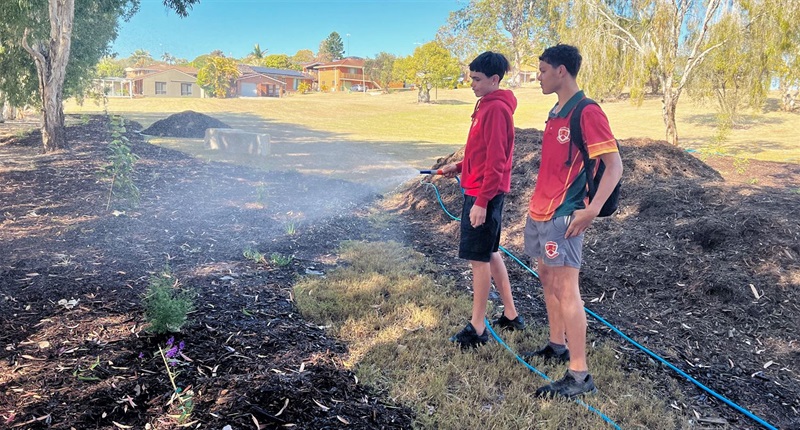
PICTURED: South Grafton High School's EcoVitalise program has provided an important opportunity for students to build a sense of pride and ownership in looking after the native bush tucker garden.
"Through exploring geographical concepts, historical perspectives, business insights, and societal implications, students are being equipped to be responsible stewards of the environment and active contributors to a just and sustainable society," South Grafton High School Human Society and Its Environment (HSIE) Head Teacher Donna McCarthy said.
"The EcoVitalise program fosters hands-on learning, cultural appreciation, environmental awareness, and valuable life skills.
"It offers a holistic approach to education, incorporating the Aboriginal Eight Ways of Learning to celebrate diverse perspectives and cultural resilience."
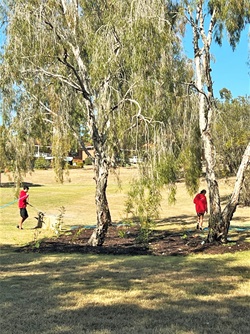 Students will continue to maintain the garden and use it as an outdoor learning environment. It will also be used for school cultural activities, including during NAIDOC Week celebrations.
Students will continue to maintain the garden and use it as an outdoor learning environment. It will also be used for school cultural activities, including during NAIDOC Week celebrations.
"The bush tucker garden will become a practical and immersive eco-cultural learning space, allowing students to actively participate in planting, caring for, and harvesting native edible plants," Ms McCarthy said.
"Through this hands-on experience, students deepen their understanding and appreciation of Aboriginal culture, traditional knowledge, and sustainable land management practices related to native flora and fauna."
The program also aims to facilitate leadership and mentoring opportunities for South Grafton High students to the primary students from feeder schools as well as the wider community.
"There's already a sense of pride for this bush tucker garden, especially for the Indigenous students," Mr Kennedy said. "They have loved learning about the plants and taken really good ownership of the garden.
"At a recent workshop some students raised the lack of opportunities that exist for cultural learning. This is one thing I can do to help address that."
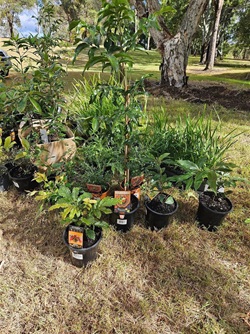 Some of the native species in the bush tucker garden include:
Some of the native species in the bush tucker garden include:
- Aniseed myrtle
- Davidson plum
- Dwarf native ginger
- Lemon myrtle
- Lomandra (used for basket weaving)
- Mountain pepper
- Native guava
- Native thyme
- Old man saltbush
- Ruby saltbush
- Small-leaved tamarind
- Sandpaper fig
The garden is set under a canopy of existing paperbark gum trees.
